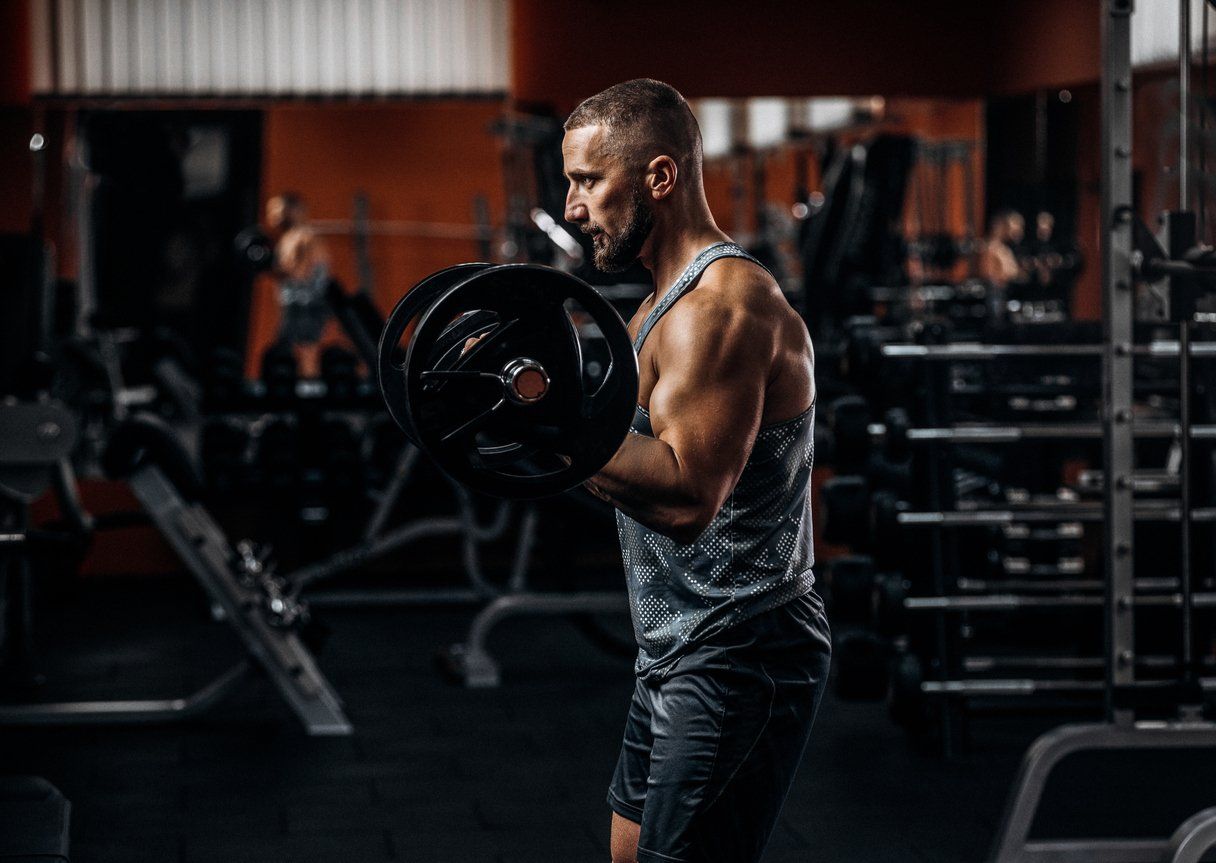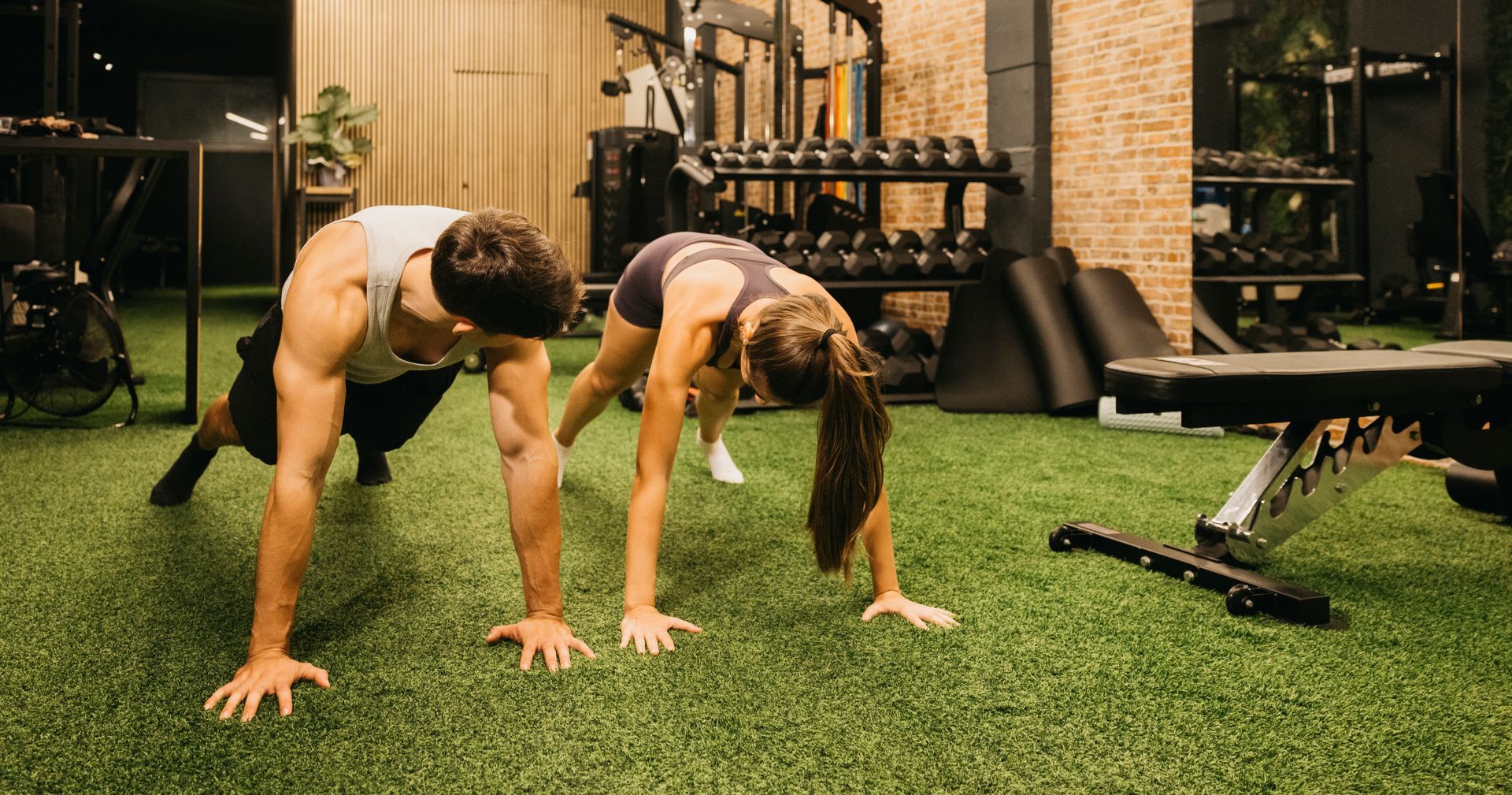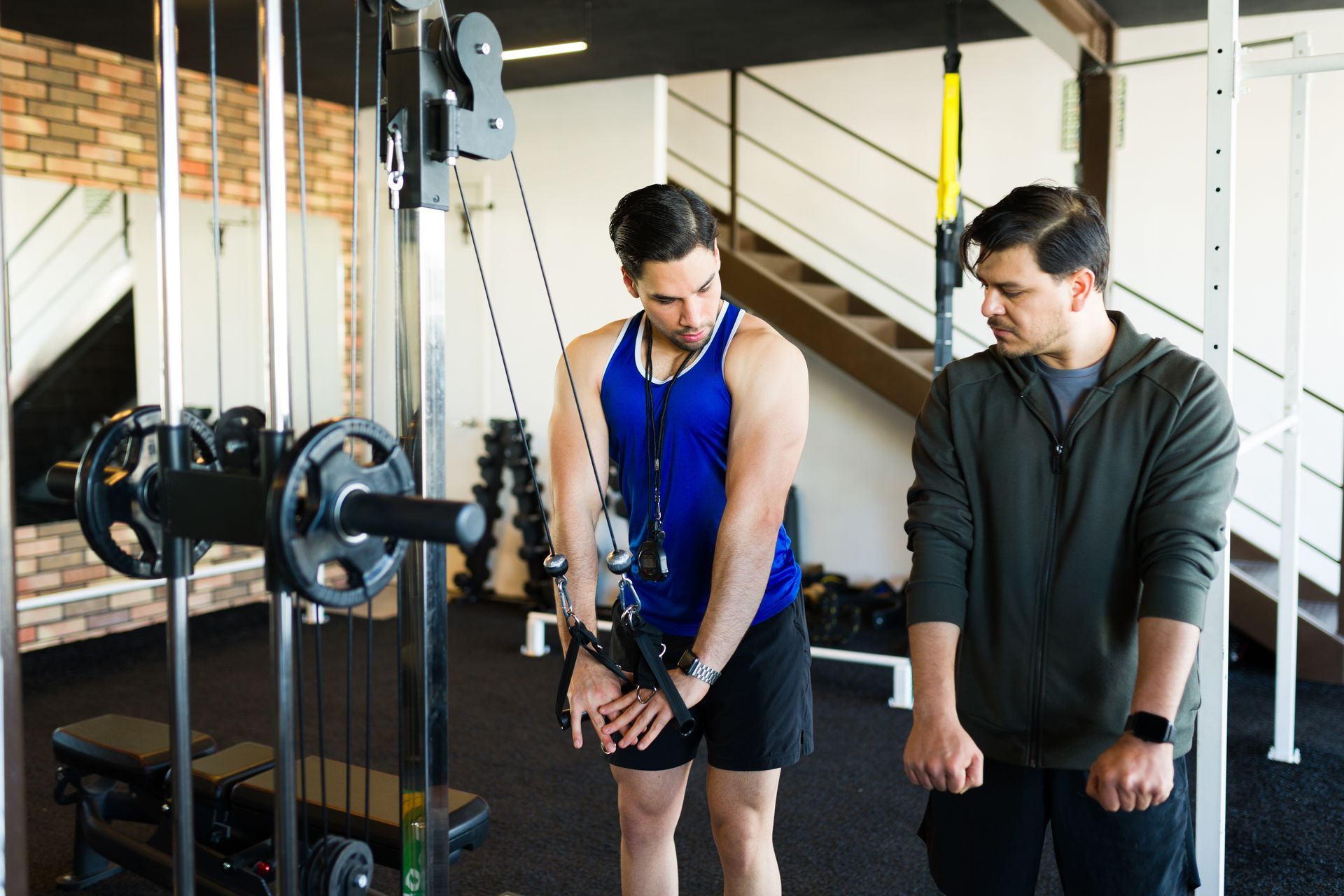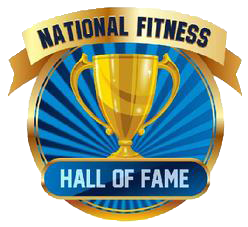October 5, 2022
Being Shredded - Is It Sustainable?
Achieving the bodybuilder look is amazing, but realistically, is it sustainable? Learn more in this blog post!

There's no question that being shredded can look great. It's the ultimate goal for many fitness enthusiasts, and for good reason – it’s a sign of the highest level of consistent hard work and discipline (plus, it draws attention because people find it either sexy or freaky.)
But is being shredded sustainable? Is it possible to maintain such a low body fat percentage without sacrificing your health and personal life?
Moreover… Can anyone achieve it?
In this article/post, we'll take a look at what being shredded actually means, and whether or not it's a realistic goal for most people.
Lean vs Shredded
The fitness world is full of strange jargon, and two terms that often cause confusion are "lean" and "shredded.”
To the casual observer, these words may seem interchangeable, but they actually refer to two very different body compositions.
Essentially, being lean means having a low body fat percentage, resulting in some muscle definition (which means also maintaining some degree of muscle).
In contrast, being shredded refers to having a VERY low body fat percentage (usually singledigit) while still maintaining a significant amount of muscle mass, often showcasing the striations of individual muscles. Being “shredded” is the type of physique that is often seen in bodybuilders, during their competition season.
Now, there is one very specific thing about being shredded, though… Shredded bodybuilders look like the epitome of strength. They are muscular, pumped, lean and their muscles are separated and very well defined.
However, contrary to how they look, they are actually at their weakest!
Single-Digit BF = Unsustainable!
Well, it turns out, being shredded ain't easy. Besides being born with good genetics, achieving sub-10% body fat requires a lot of calorie restriction and time.
This means spending MONTHS in a caloric deficit. And the downside to all that shreddedness? A slowed metabolism, weaker immune system, and frequent lethargy (hence why competitionready bodybuilders are at their weakest.)
Not to mention the fact that you'll probably be hangry (hungry and angry) as hell most of the time.
So next time you're scrolling through Instagram and feeling bad about your own body, just remember that those photo-perfect physiques come at a price.
That said, if you're still hell-bent on getting shreddy, just know that it won't be easy - but it is possible. Just be prepared to put in the work!
What’s A Sustainable Percentage?
Alright, with all of this in mind, there is one question that most of you are probably asking yourselves - how can one maintain a lean physique year-round, without sacrificing health and energy?
Well, for starters, you probably don’t want to aim for low, single-digit body fat percentages.
For most men who are active and consistently weight training over a couple of years, maintaining 14-17% body fat year-round is very sustainable. For women, that number would be more in the 21-24% range.
For those that are a bit more consistent with their diet (not just bursts of eating well), the goal of 9-12% for men and 16-19% for women become relatively sustainable.
And well, while you won’t be disgustingly shredded to the bone, you will still have a lean, muscular physique that is the epitome of human strength. All of this, while also being able to maintain and increase your strength & endurance, have good health, and enjoy some freedom in your nutrition.
Final Thoughts
So, if being shredded is your goal, you can definitely achieve it. But be warned – it’s not a sustainable way of living and you may find that the results are short-lived. If you want to look and feel great for years to come, focus on building muscle mass and maintaining a relatively low body fat percentage. This is how you can look at your best, year-round!





